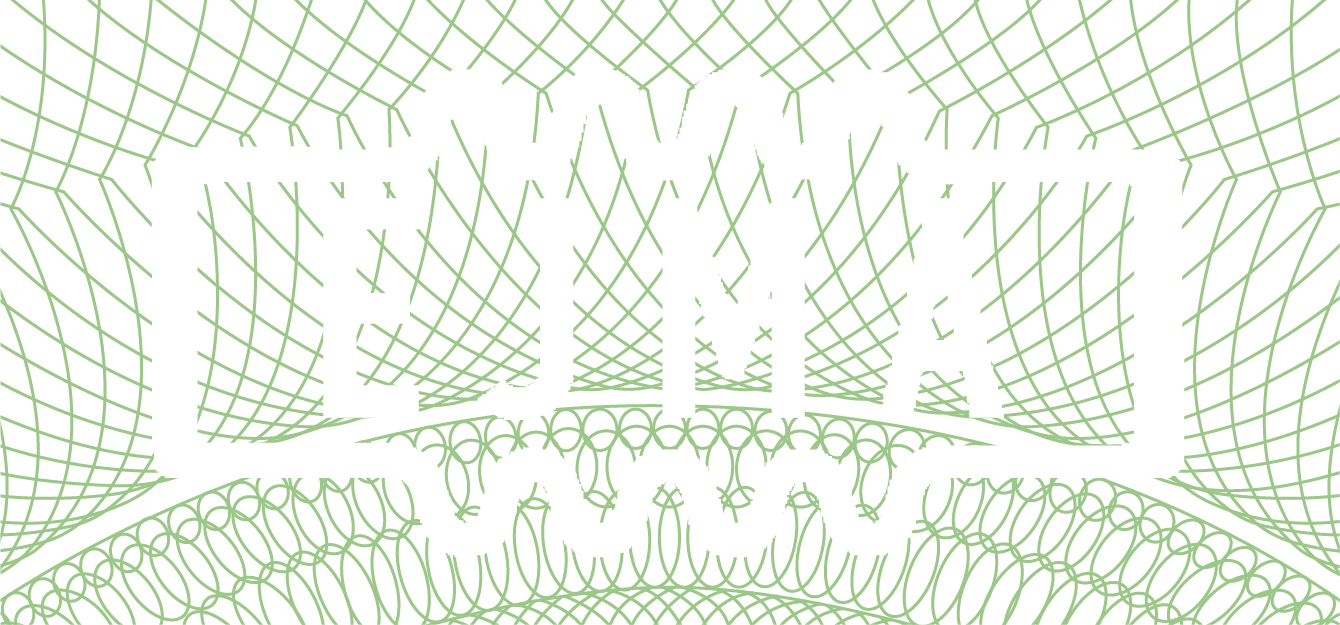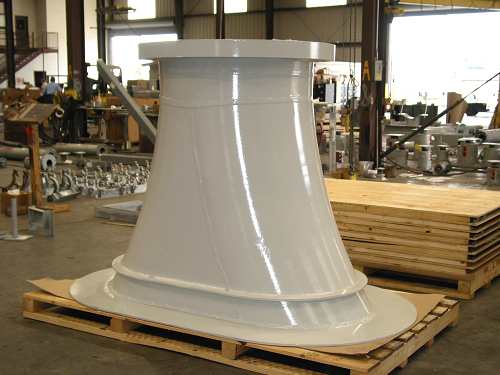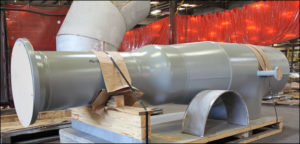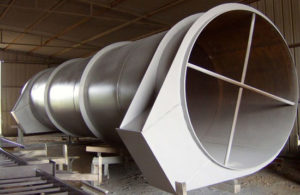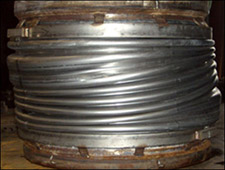Tag: faq
What are some examples of power plants?
Types of power plants include conventional and nuclear. Examples include: thermal (coal, oil, nuclear and geothermal), hydroelectric, solar, wind and wave/tidal.
Read MoreWhat are examples of facilities for consumers?
Where is piping used?
What types of media do piping systems transfer?
What type of resources do piping systems transfer?
What is the purpose of piping systems?
What does LNG stand for – what is it?
Liquid Natural Gas – It is light hydrocarbon gasses that are compressed into a liquid state for cheaper and more efficient transportation.
Read MoreAre light duty clamps for gas service and heavy duty for liquid service?
The clamps are distinguished by their load rating. In some cases, gas service loads could be less than loads in liquid service for the same pipe size. This would allow you to use a light duty clamp.
Read MoreWhat type of media can pass through a transition piece?
Media that can pass through a transition piece include air, liquid, gasses, dust,dirt, and chemicals.
Read MoreHow do you analyze duct work?
We use CAESAR II software to conduct pipe stress analysis on duct systems.
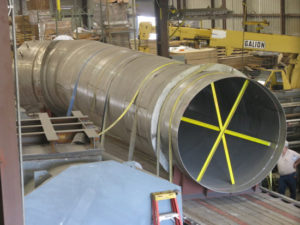
Why do bellows squirm under pressure?
For a higher pressure system, how do you absorb pipe axial displacement without pressure thrust going to equipment with use of the expansion joint?
By using an in-line pressure balanced expansion joint.
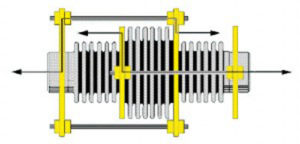
What is axial deflection?
Axial deflection refers to the movement of the expansion joint in regards to changes in the dimensional length of the bellows parallel to the centerline of the expansion joint.
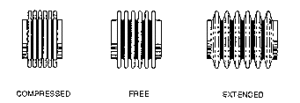 |
Do hinged and gimbal expansion joints serve the same purpose?
Hinged expansion joints take angular rotation in only one place. Gimbal expansion joints take angular rotation in two planes.
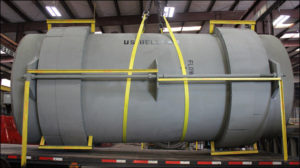
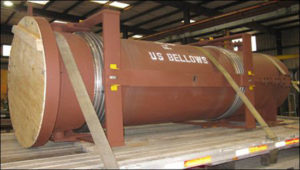
On a lateral tied expansion joint, is there space allowed in between the nut and the retainer to functionally avoid tilt of the tie-rod when at the operating temperature?
We do not put slots on our expansion joints, but we leave a minimum gap between the nuts and the lug depending on the lateral movement.
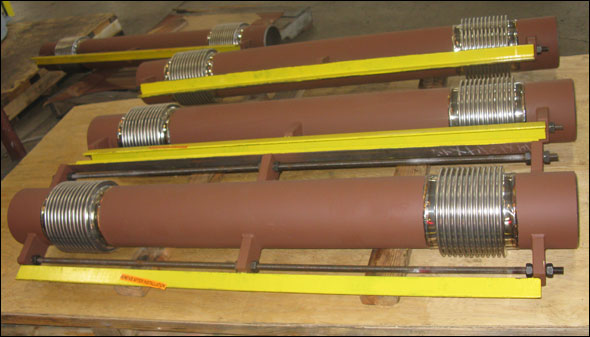
Why are loads on tied universal bellows not transferred?
Loads on a tied universal bellows are not transferred because pressure thrust is contained within the tie rods and is not transferred to the piping system equipment.
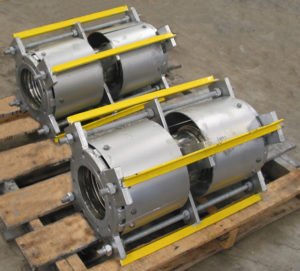
How do you achieve lateral movement in a tied universal expansion joint?
The lateral movement in a tied universal expansion joint is achieved by having the bellows work together in angular rotation in order to obtain the correct lateral deflection.
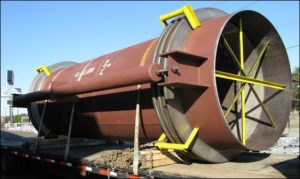
- « Previous Page
- 1
- …
- 10
- 11
- 12
- 13
- 14
- …
- 19
- Next Page »


